The "Tingle" is a wearable device designed to combat body-focused repetitive behaviors (BFRBs), especially trichotillomania (compulsive hair pulling) and excoriation (compulsive skin picking).
Prevalence of body-focused repetitive behaviors (BFRBs)
Body-focused repetitive behaviors (BFRBs), symptoms of Obsessive Compulsive Disorder (OCD) and other conditions involving compulsions (e.g., Autism Spectrum Disorder) involve compulsively causing physical injury and/or damaging one’s physical appearance. These are among the most poorly understood symptoms; they are often misdiagnosed and undertreated. BFRBs include hitting oneself, biting, pulling out hair, skin picking and cutting, as well less severe but damaging behaviors such as nail biting, thumb sucking, and nose picking. These symptoms affect at least 5% of the population; hair pulling alone affects 1%, or about 3 million people in the US. BRFBs are highly comorbid. Studies have shown that as many as 70% of those with one BRFB will have another co-occurring BRFB. While often impairing, affecting medical health and/or disfiguring, these symptoms are frequently reported but often not observed in clinical settings. This makes diagnosis, as well as treatment planning and monitoring, exceedingly difficult. To avoid pain and disfigurement, it is imperative to identify a reliable means to automatically identify and monitor BFRBs, especially outside the clinic setting. Clinicians need data on BFRB frequency and timing for the purposes of diagnosis, treatment planning and monitoring while patients need immediate, real-time feedback to make behavioral therapies more effective.
The “Tingle” device
To address this previously unmet clinical need, I have created a wrist-worn device called the “Tingle” that can monitor and record BFRBs while also providing real-time (haptic) feedback (on the wrist) to the individual with BFRBs when they occur. The Tingle is well-positioned to address the tremendous unmet need in the care of individuals with BFRBs and other damaging and impairing compulsive behaviors. The Tingle will revolutionize the diagnosis and treatment of at least 5% of the population affected by these severe symptoms by using a convenient, automated, unobtrusive, and inexpensive device that both records behaviors for clinical assessment and provides accurate, real-time feedback to the wearer in support of therapy.
Hack Fitness Tracker Wearable Device Prototyping Platform
Although the Tingle is my primary focus in the project, my reason for sharing it on Hackaday is to open source my extensive use of hacked fitness trackers as a wearable device prototyping platform.
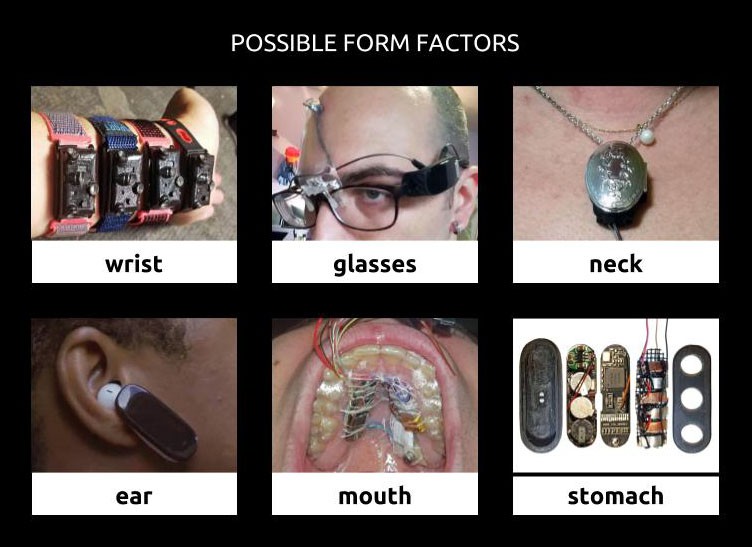

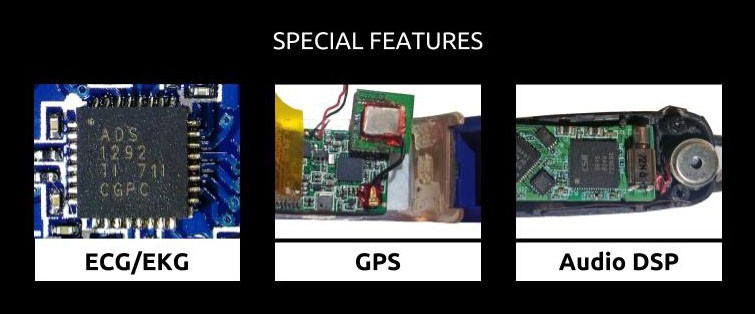
All are Arduino IDE compatible, completely hackable, use a fast ARM Cortex MCU and cost $20-40. For more information scroll to the bottom of this details section, see the related project log, view my other projects and check out the Hacked Fitness Tracker Wearable Device Prototyping Platform GitHub repository: https://github.com/curtpw/nRF5x-device-reverse-engineering
Now back to Tingle.
Tingle Basic Operation
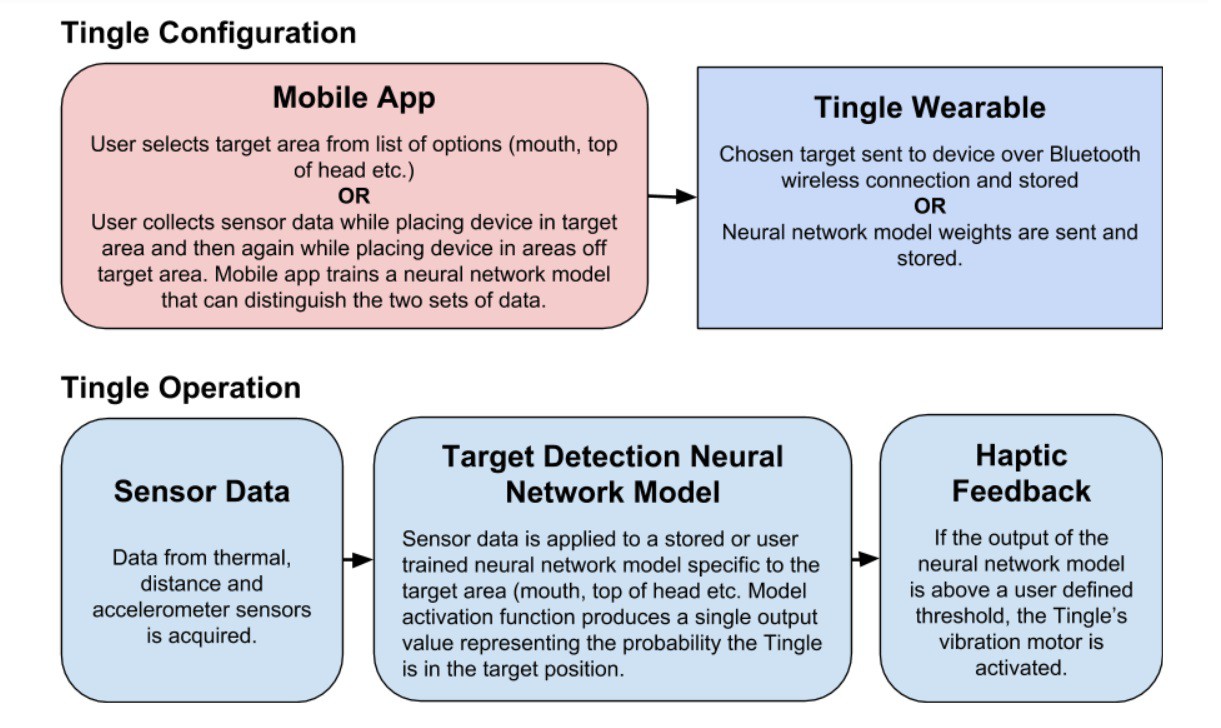
The fundamental operation of the Tingle is fairly intuitive: data is gathered from a variety of sensors, sensor data is applied to a statistical model to predict whether the device is in a targeted position relative to the body, and if the model determines a sufficient likelihood that the Tingle is on target a vibration motor is activated to alert the user. Although the user trained neural network feature is really cool and makes for an impressive demo, I have deactivated it for the feasibility study. This device is being developed for use by children, and the custom model...
Read more » Curt White
Curt White
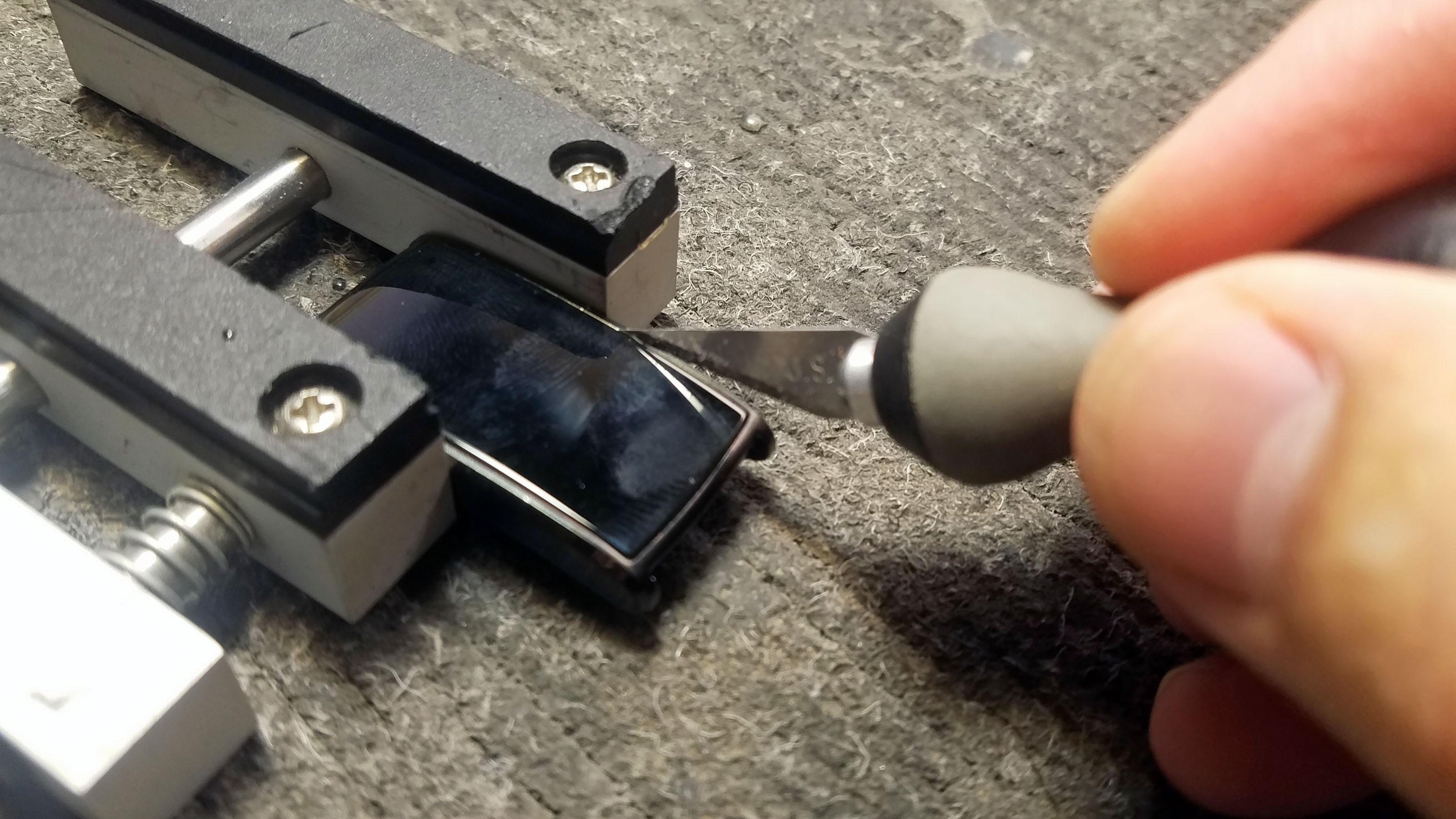
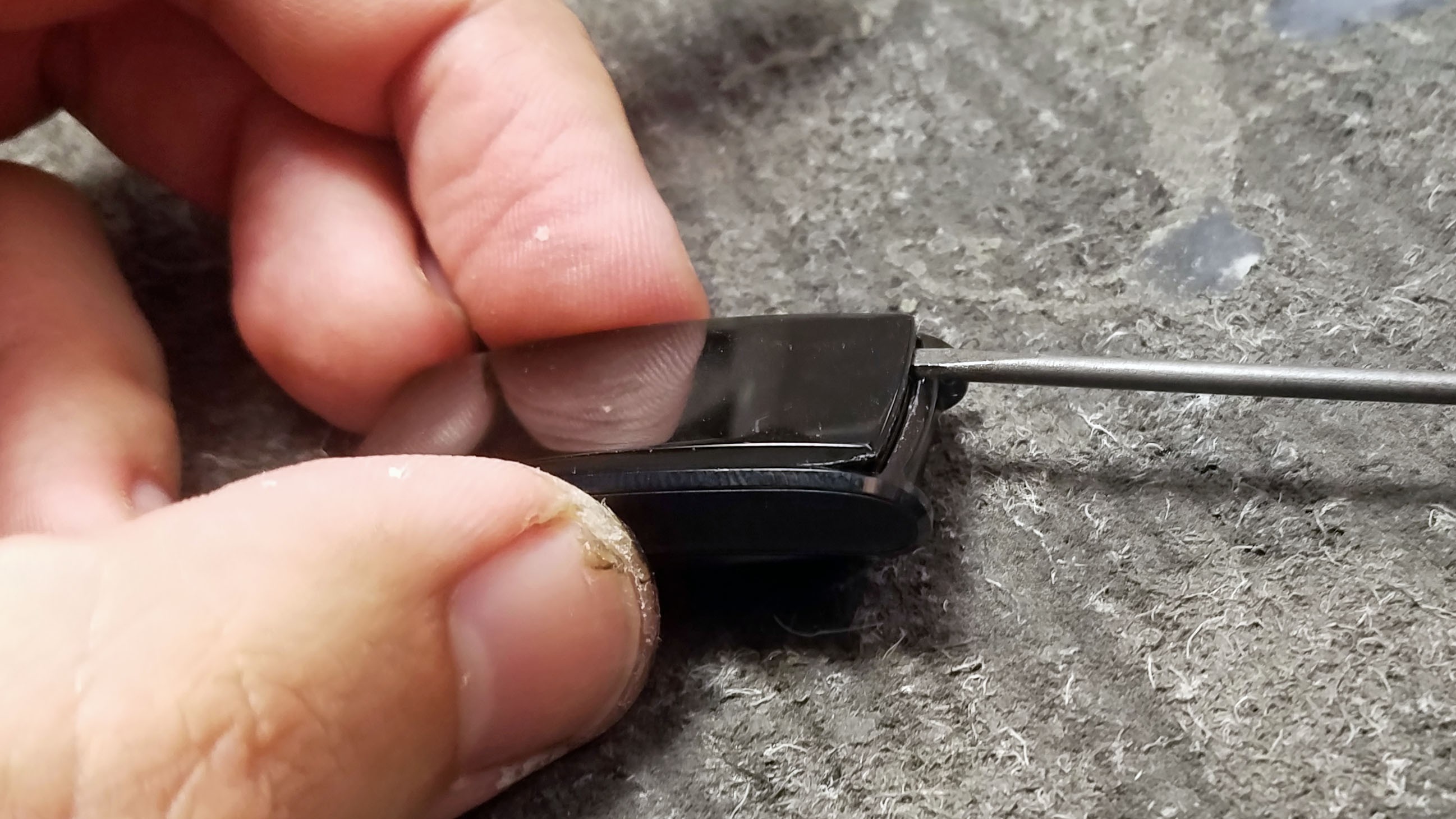


 The electronics have been removed from the enclosure. The battery and heart rate (HR) sensor are lightly glued to the bottom of the enclosure but can easily be lifted out with a small prying tool.
The electronics have been removed from the enclosure. The battery and heart rate (HR) sensor are lightly glued to the bottom of the enclosure but can easily be lifted out with a small prying tool.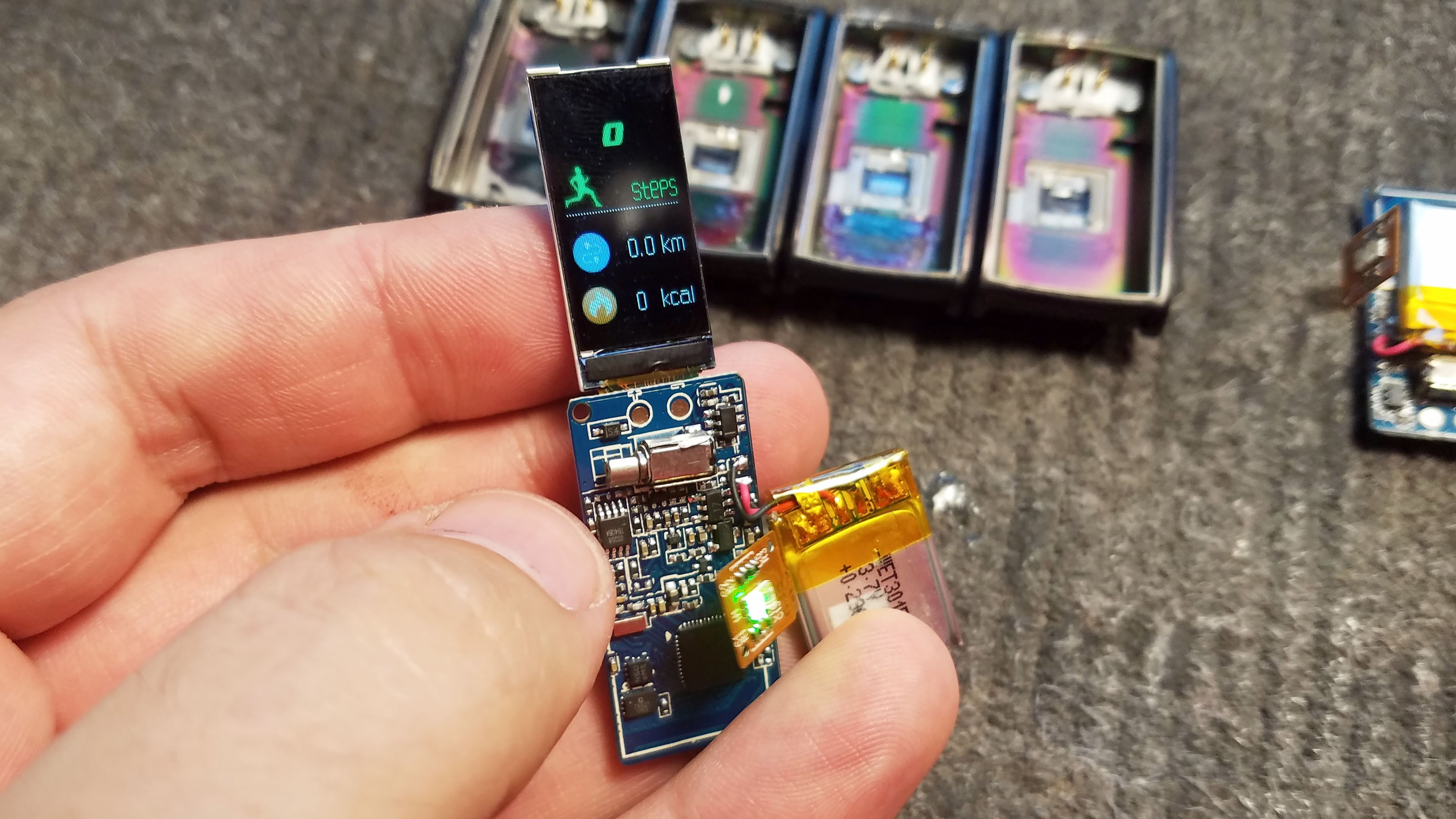
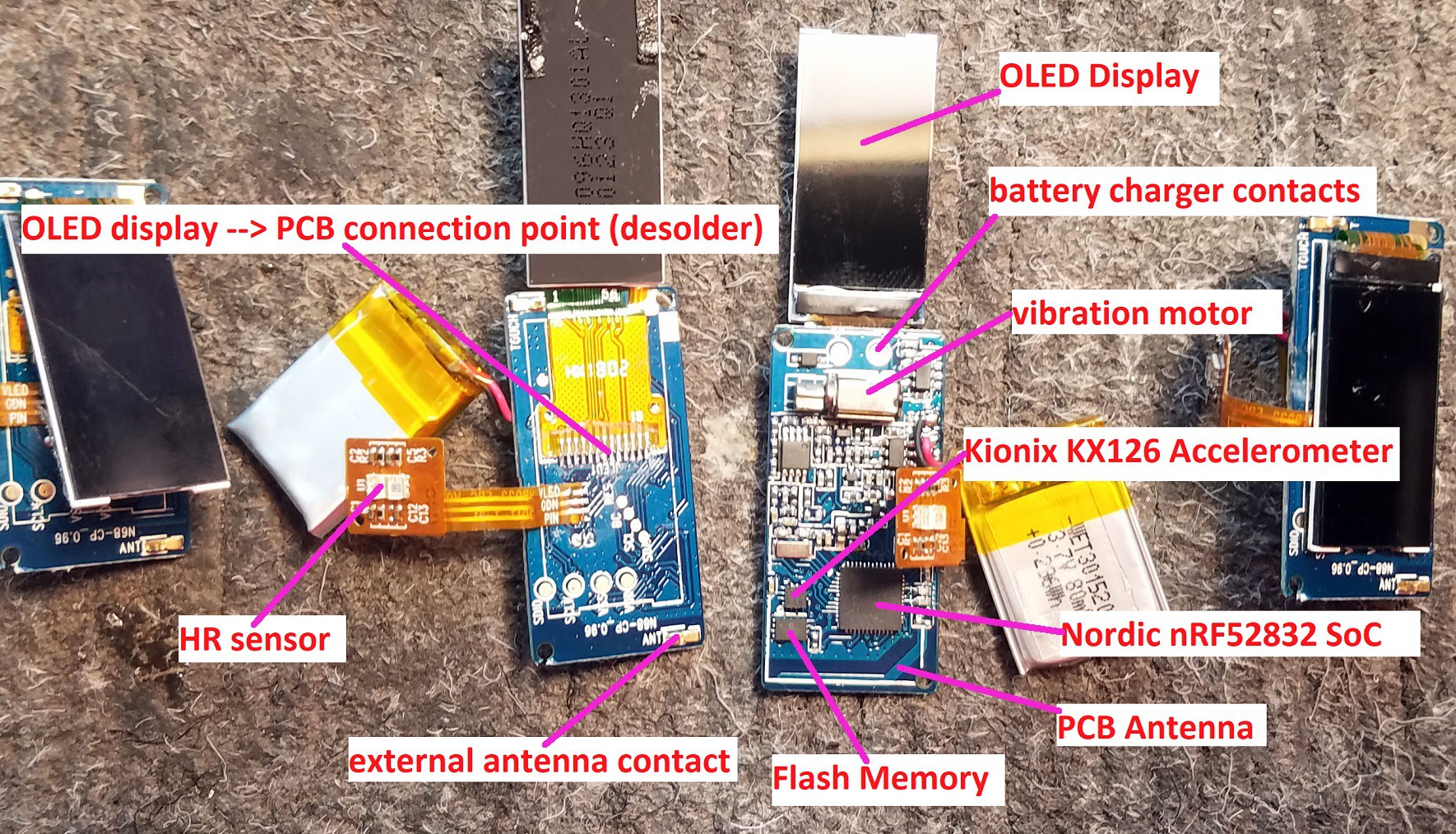

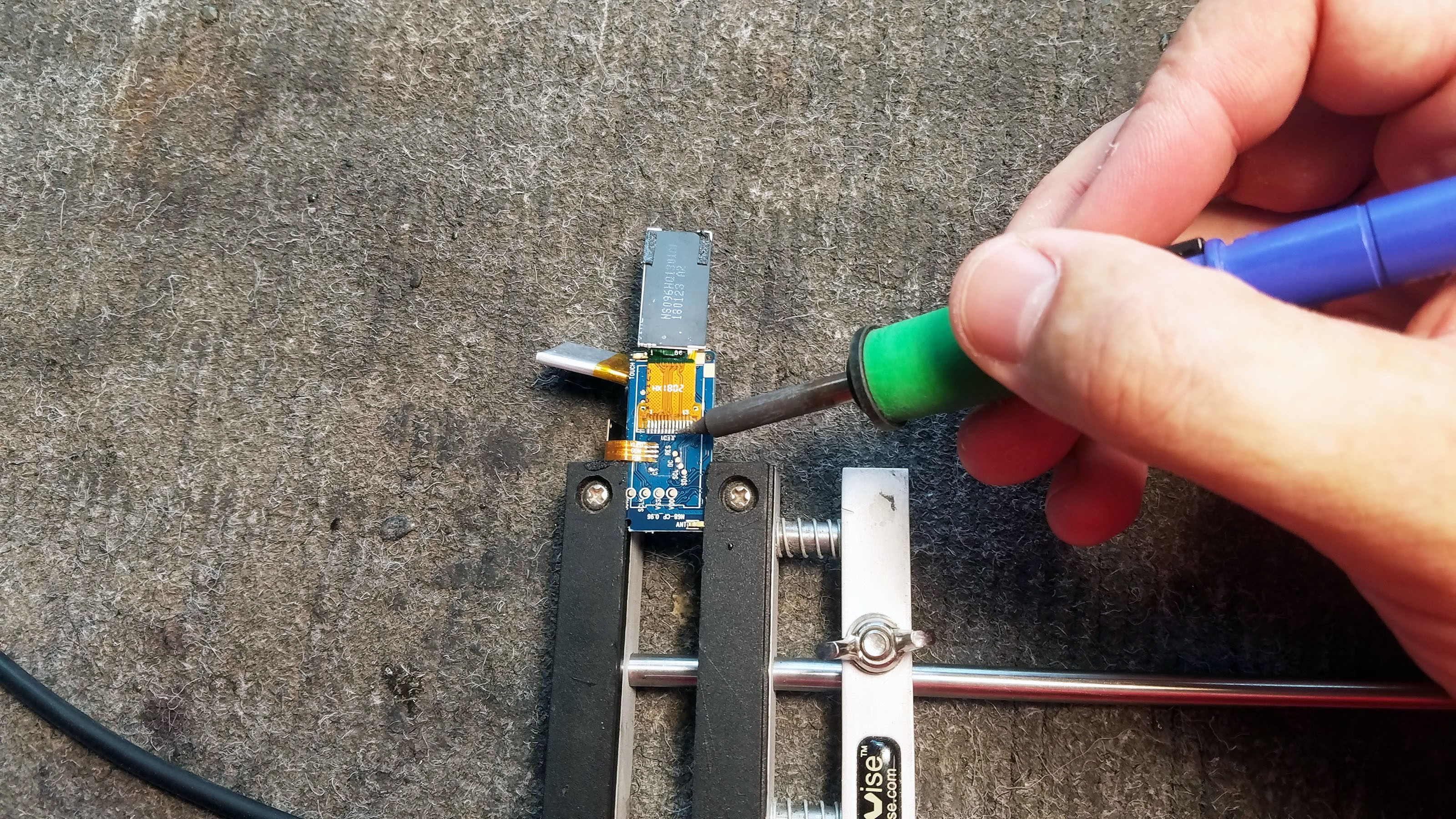

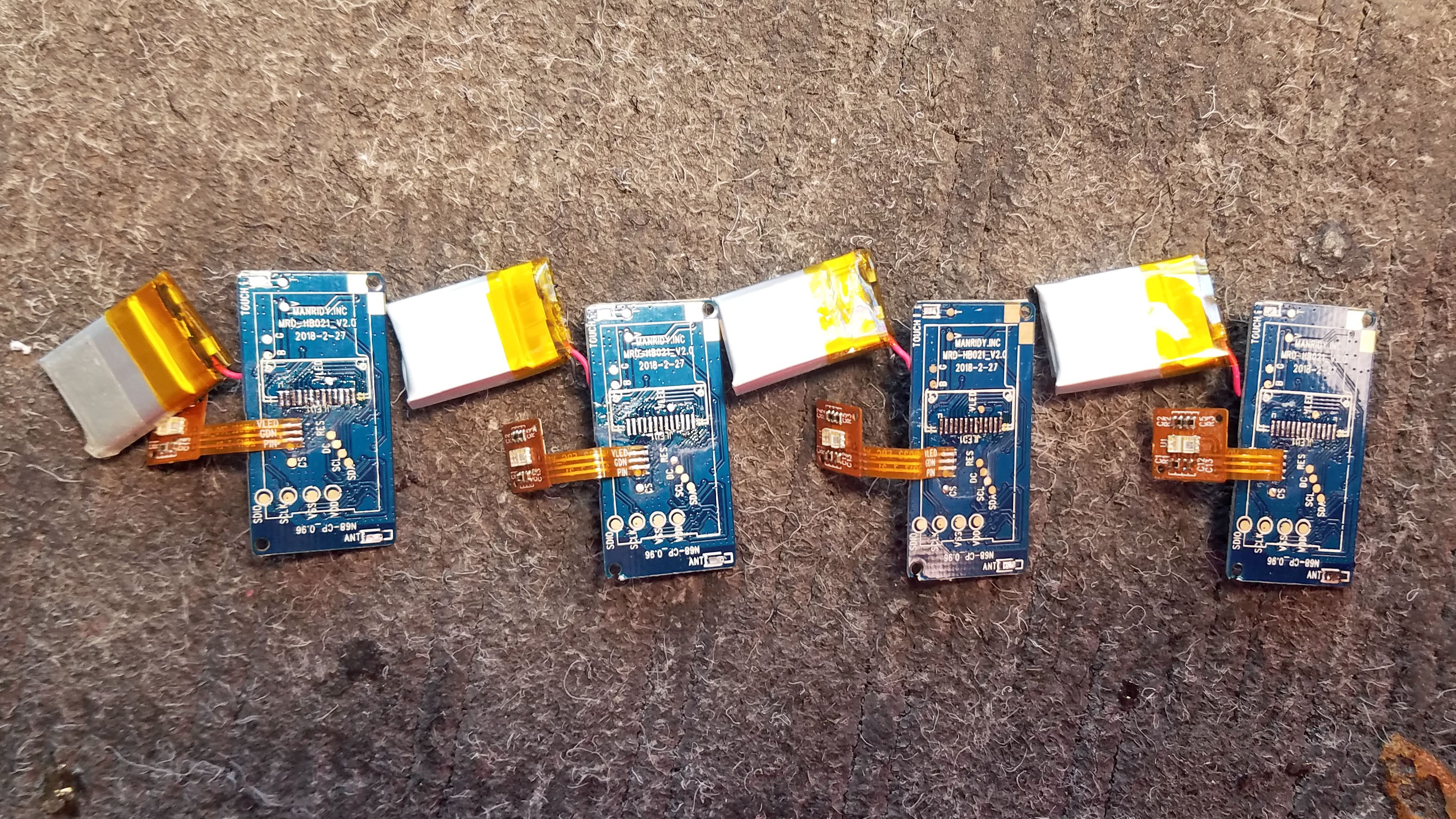
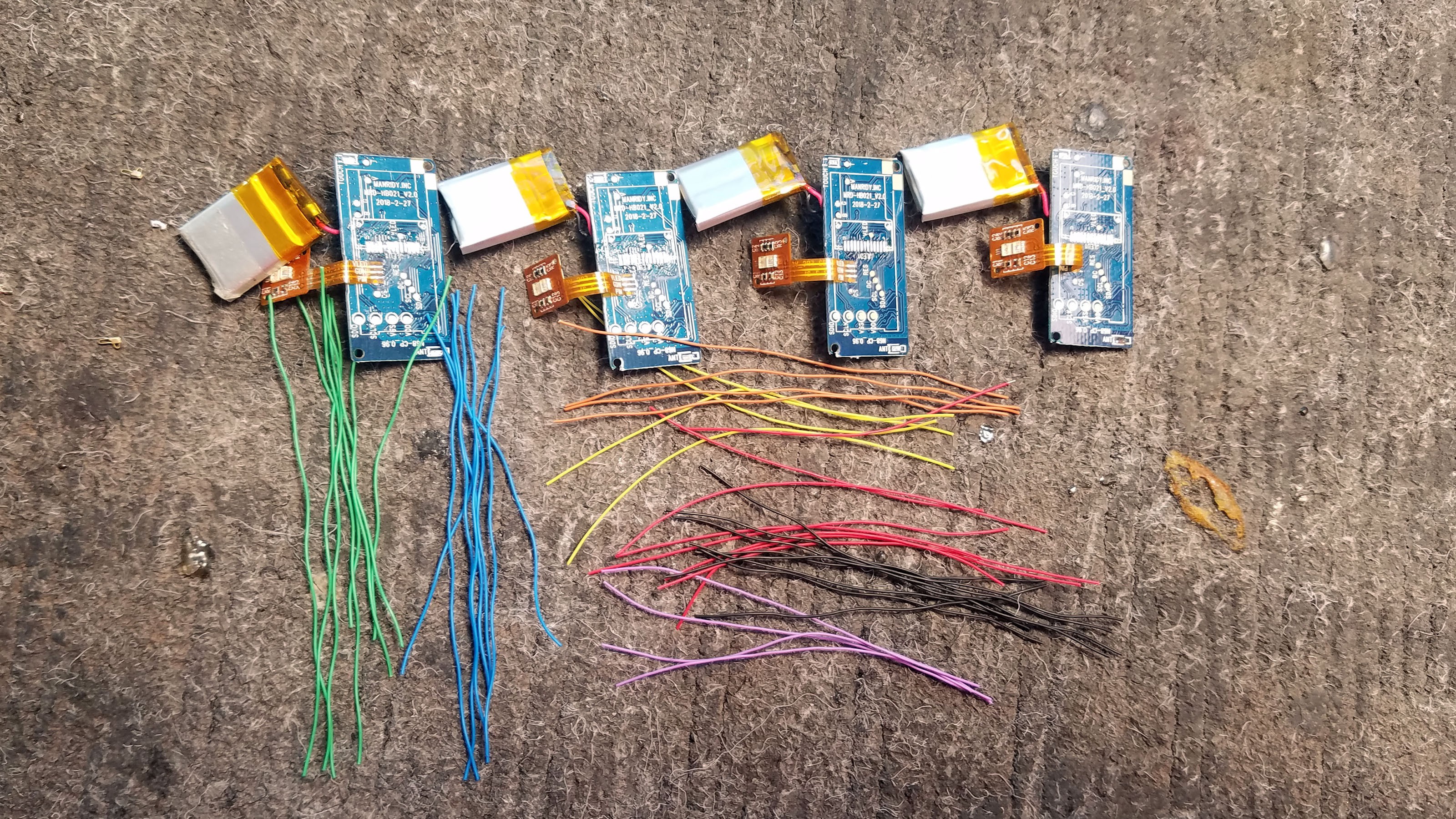
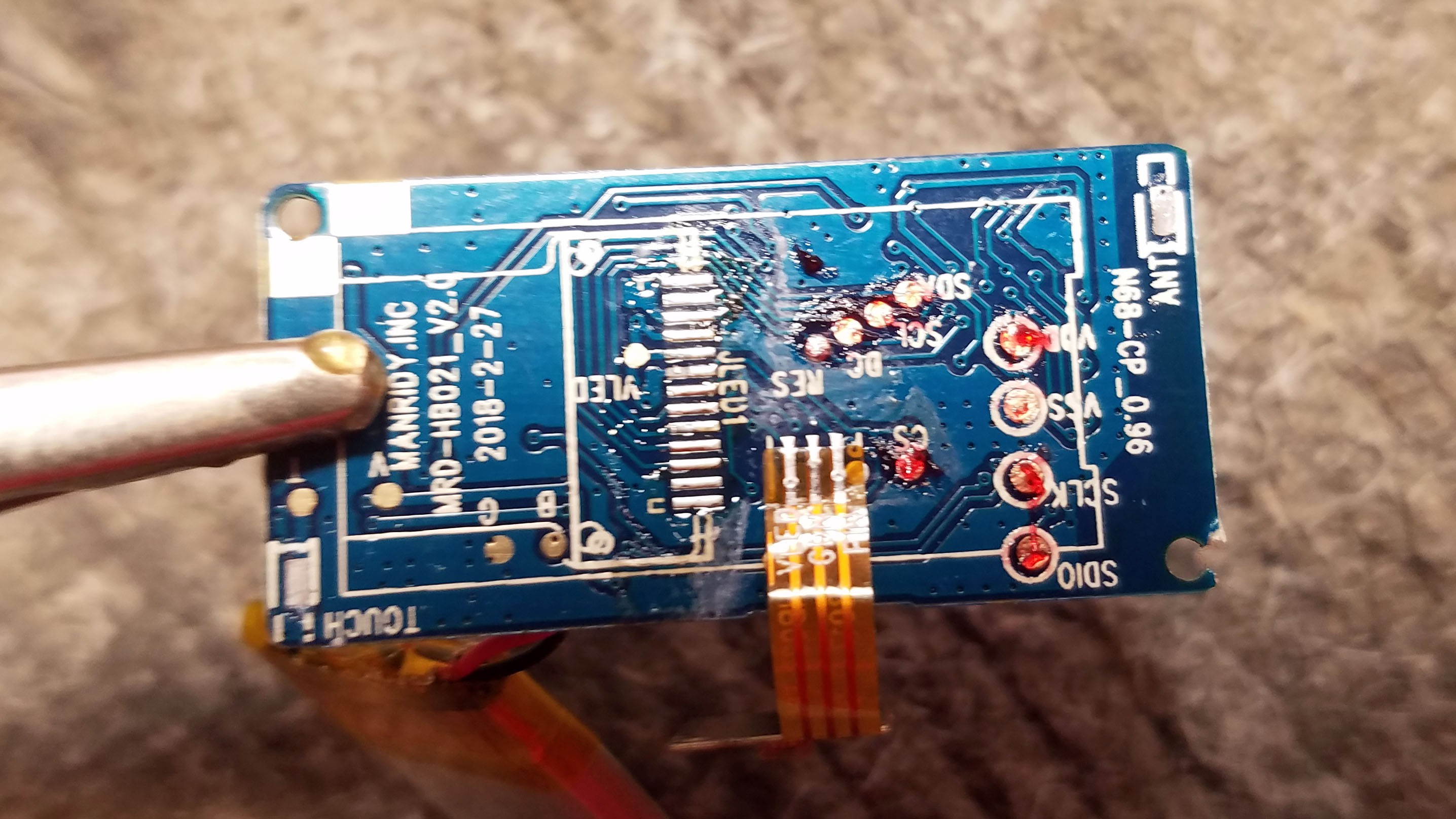
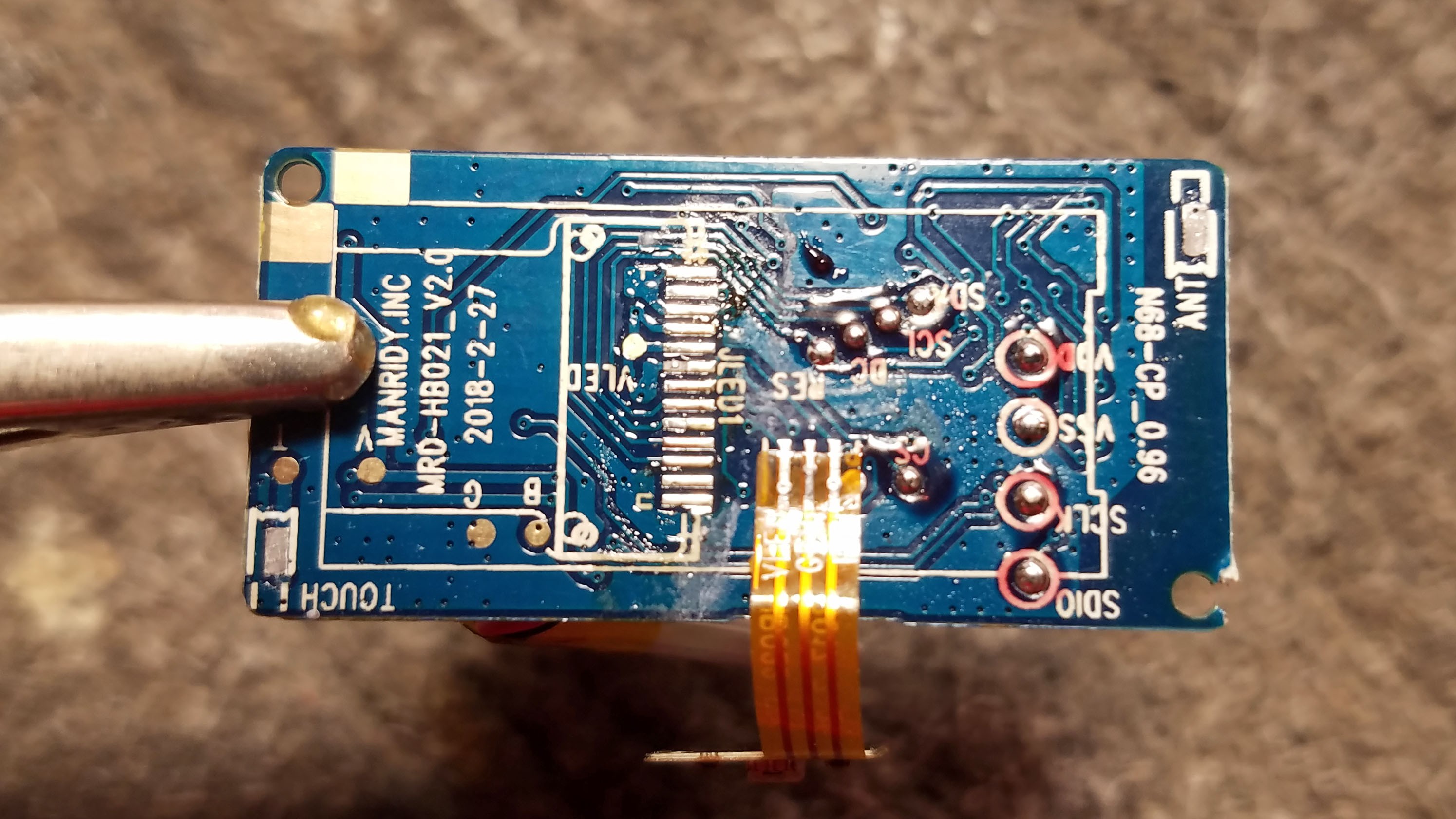
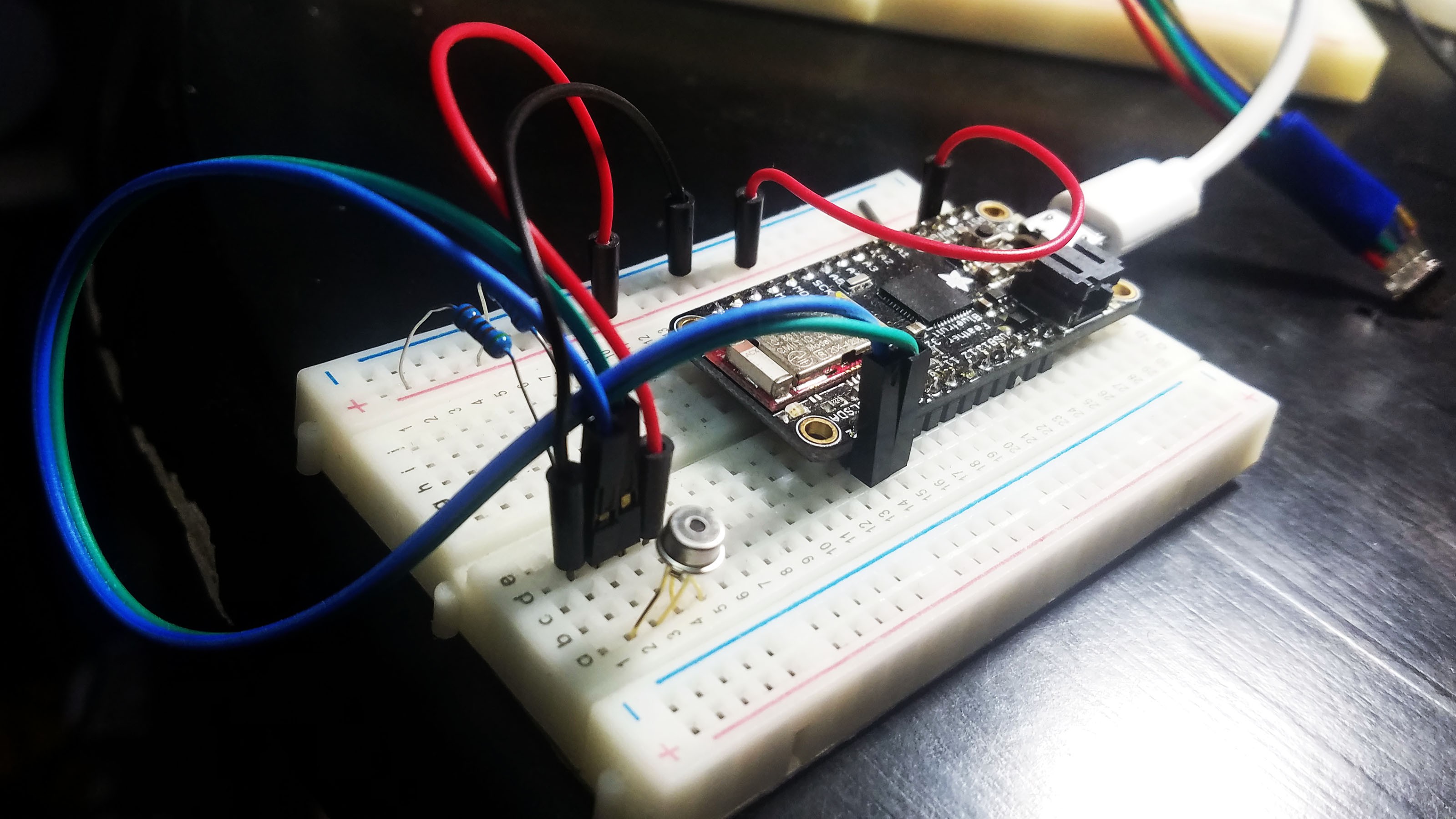
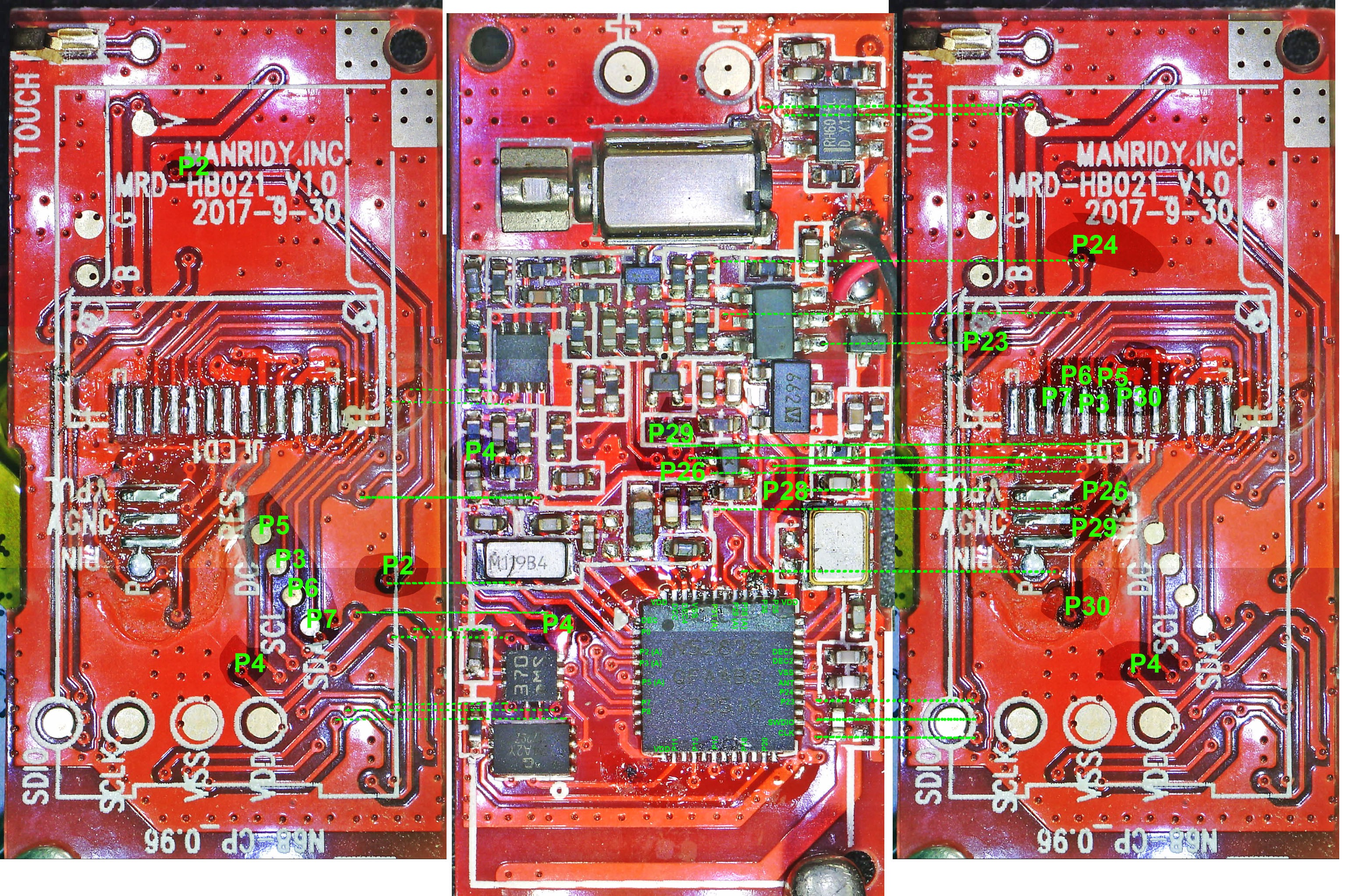



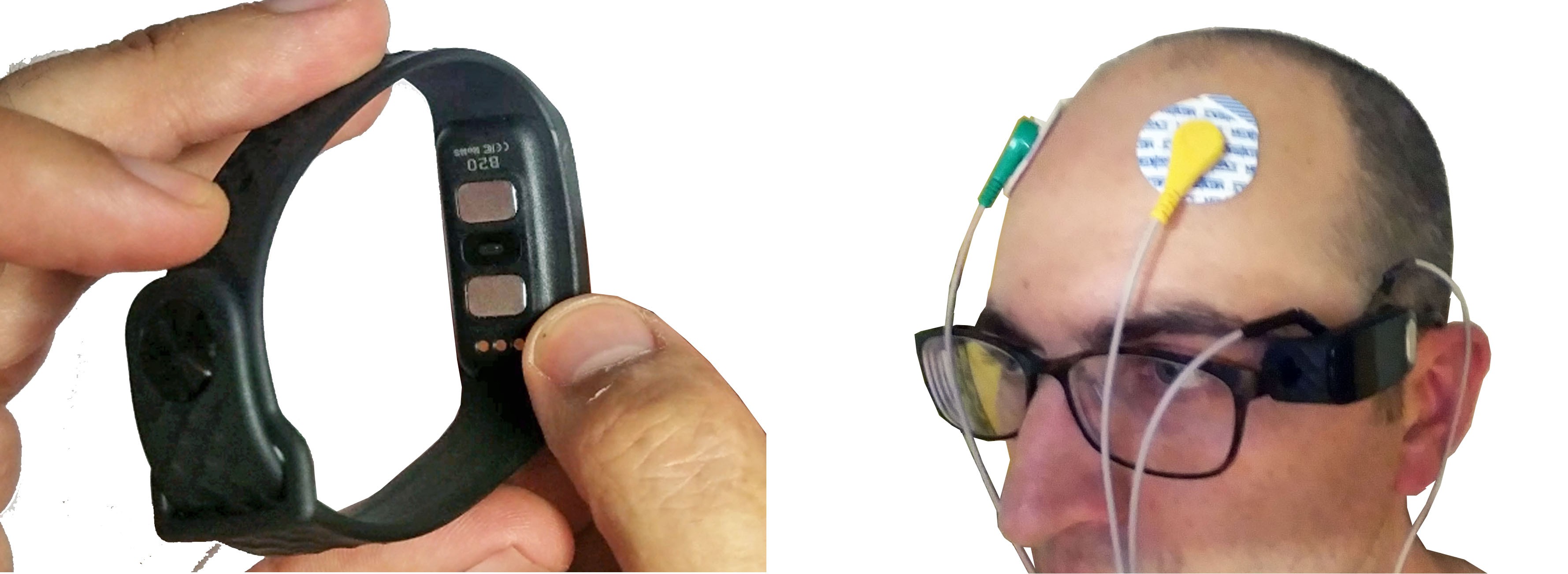
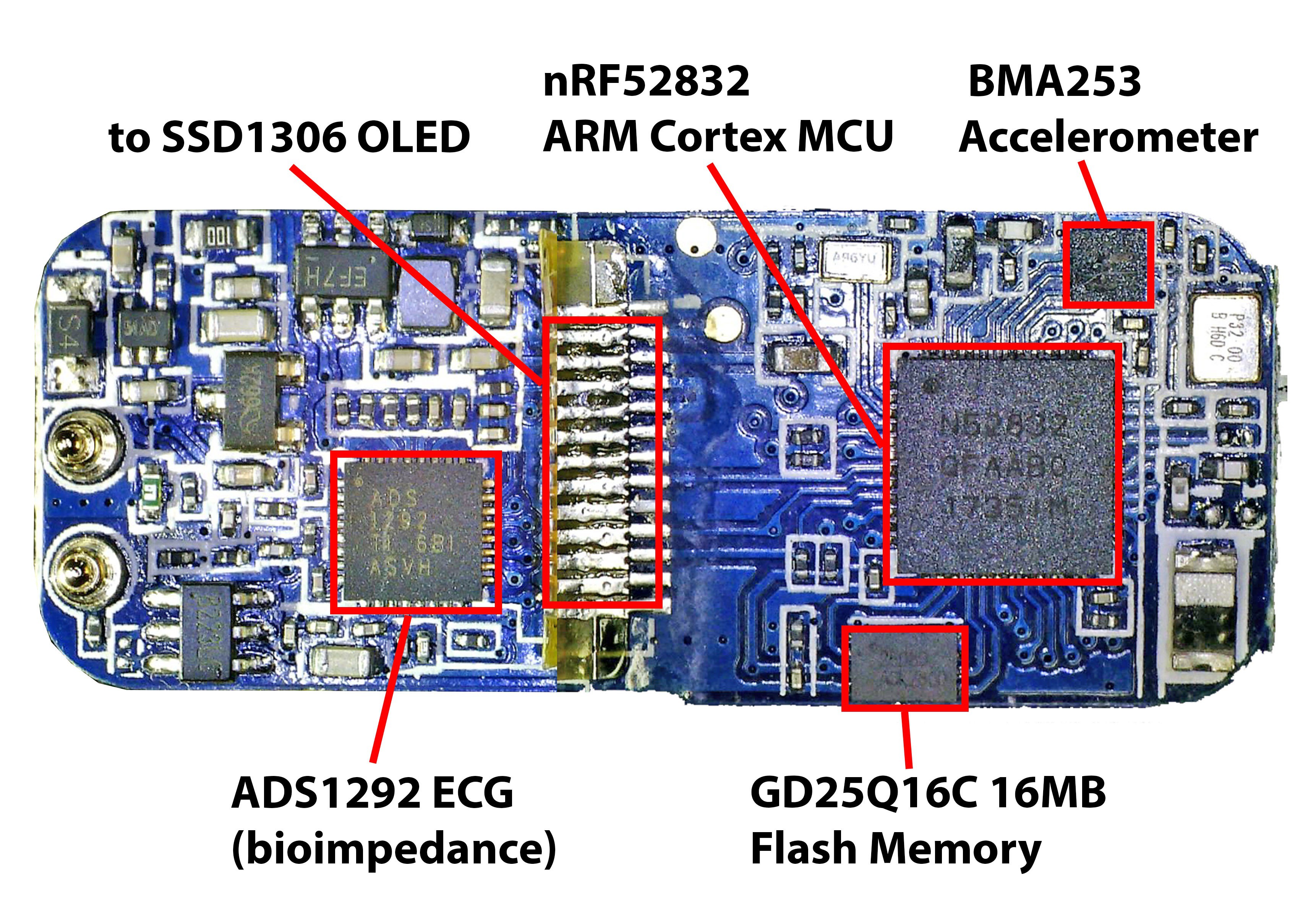
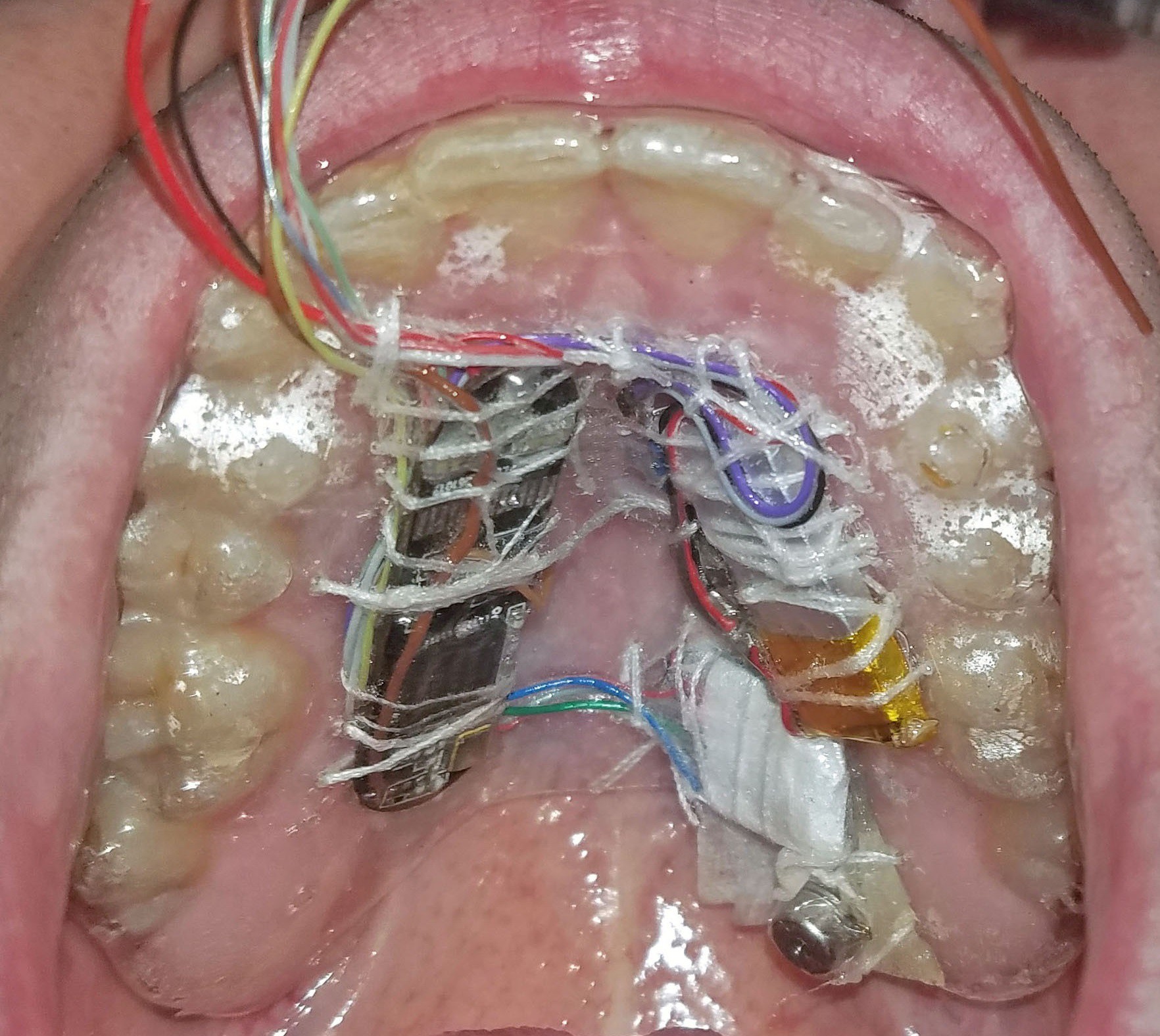
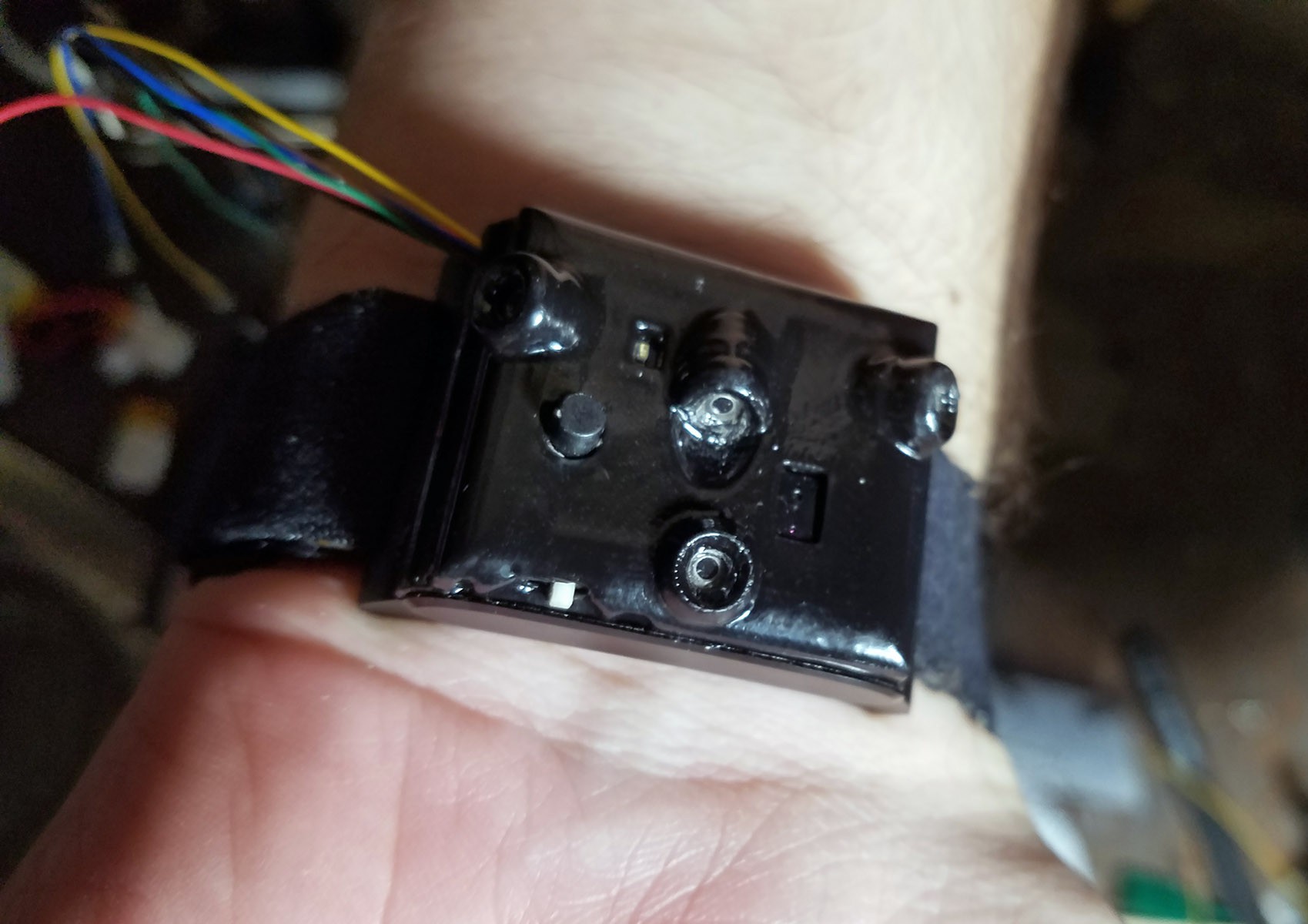

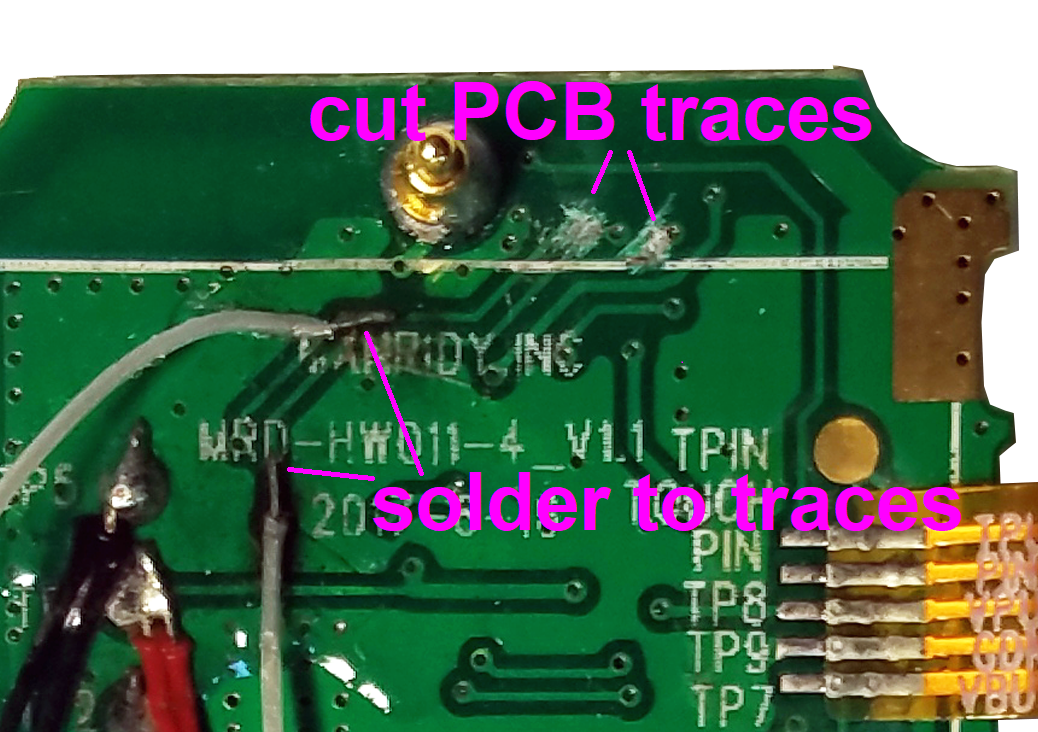

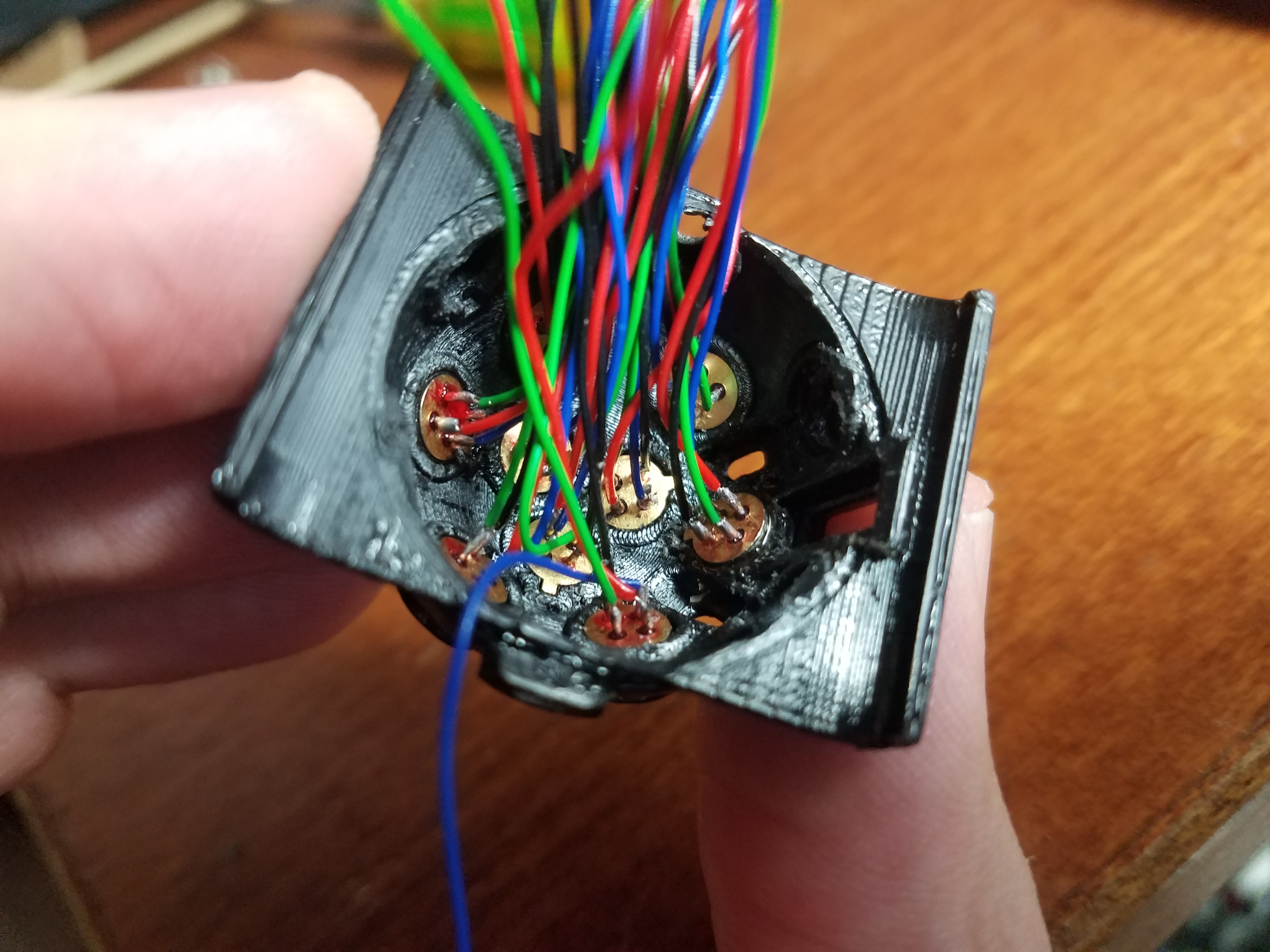
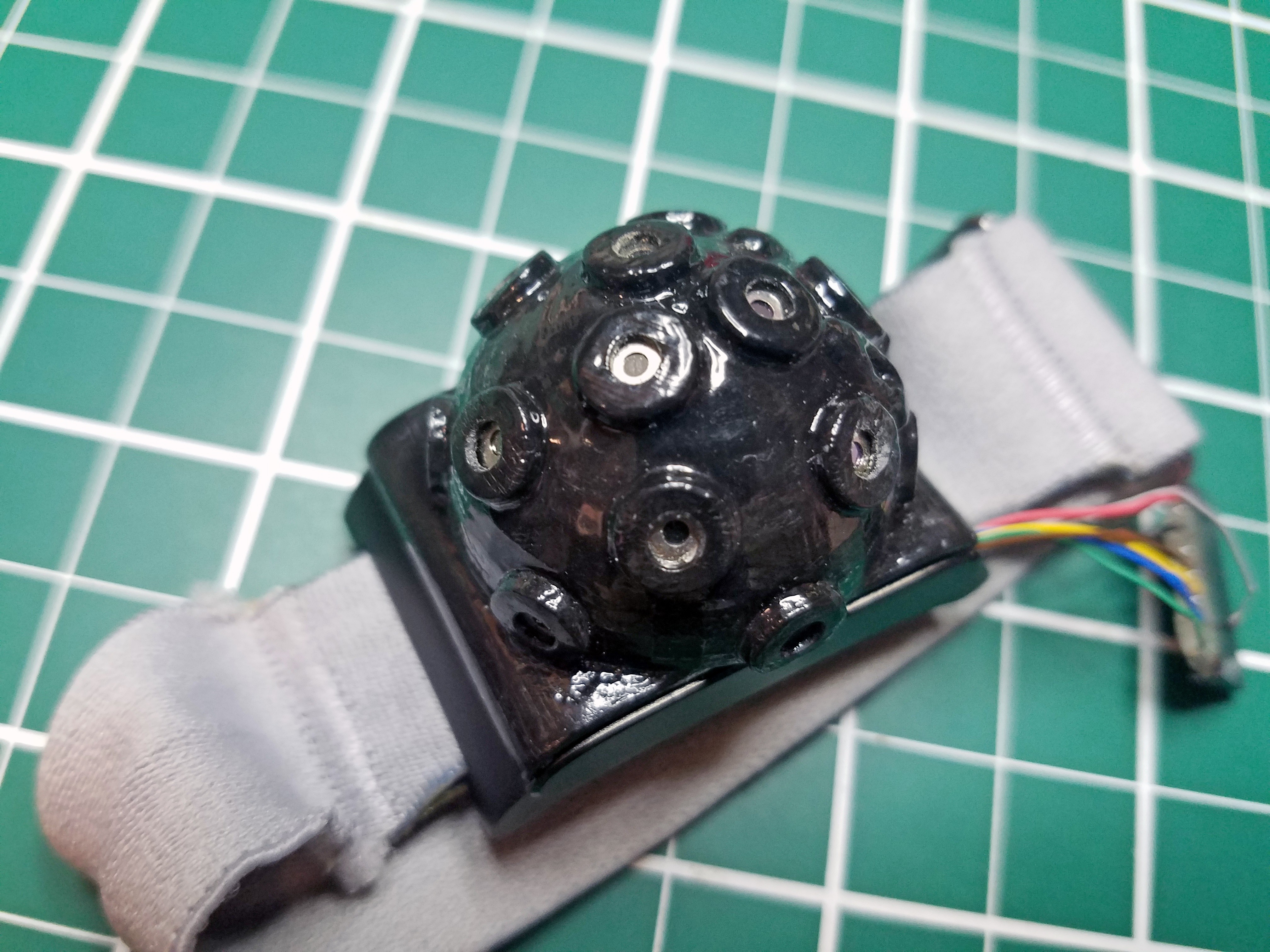
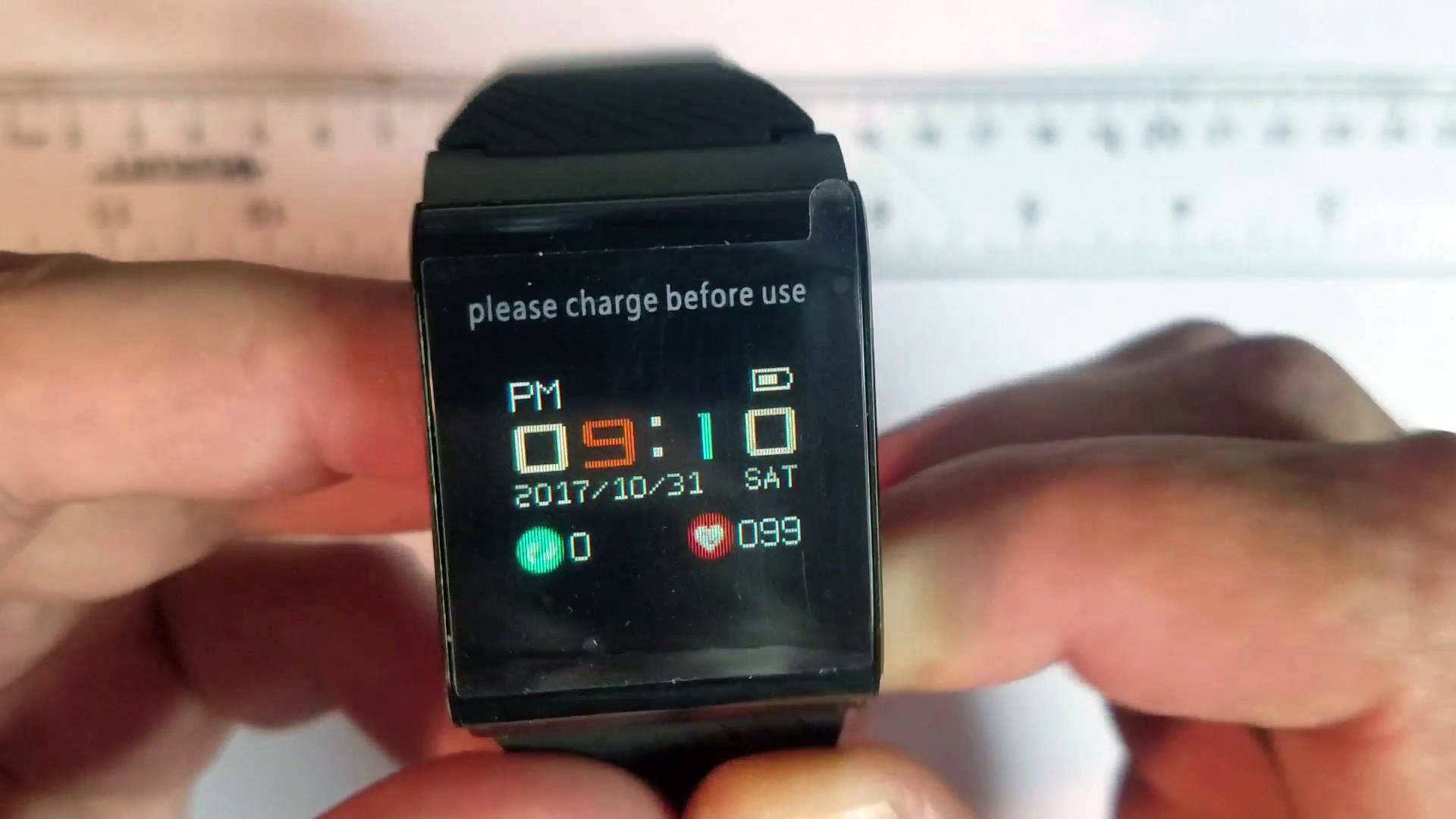

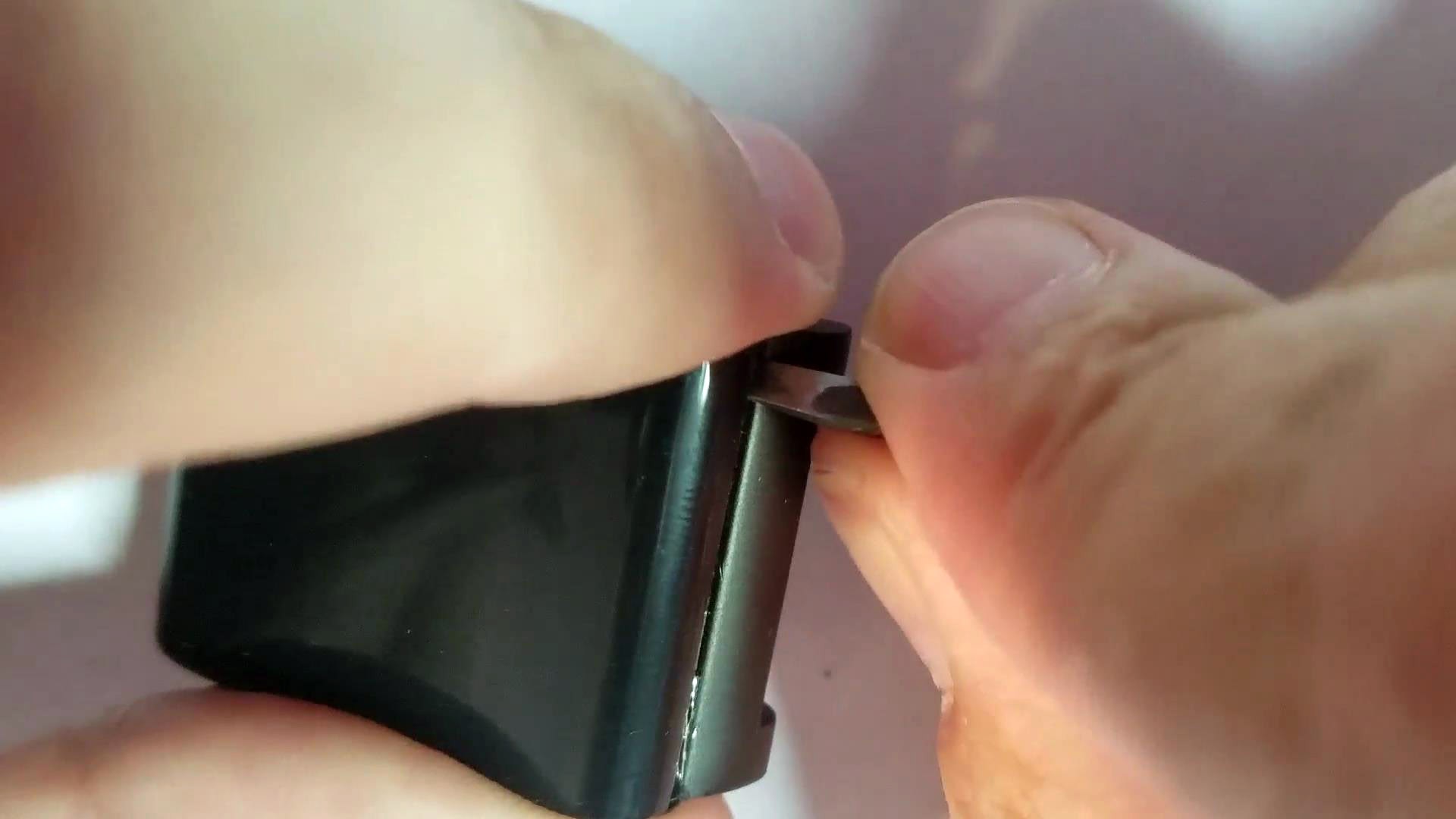









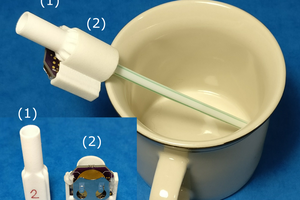
 jflaschberger
jflaschberger
 Mirko
Mirko
 electrobob
electrobob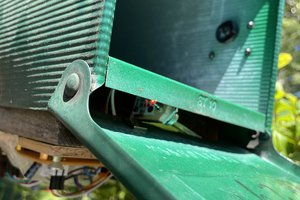
 Rex Garland
Rex Garland
any special reason as to why you chose n68 besides appearance as it's on the expensive side... to me "appearance" is absolutely not worth the premium price...
i ordered zenblaze arch plus, which is on the cheap side. here in toronto receiving stuff is a problem though, i could get as little as 1/3 of my orders, and the problems is systemic...
btw i am a "mental health" activist myself and by educational background an automation engineer from the times of mc68000 and 6502. very much interested in "mental health" wearables, even before i found about your work. actually i dissasembled my first chinese wearble for the purpose of hacking it more than 2 years ago, but i am far from being as good as you in hardware hacking, pcb tracing, etc, plus my own mental health got worse at that time... i wonder if i could serve as an "extension" of your work here in toronto, one way or another.